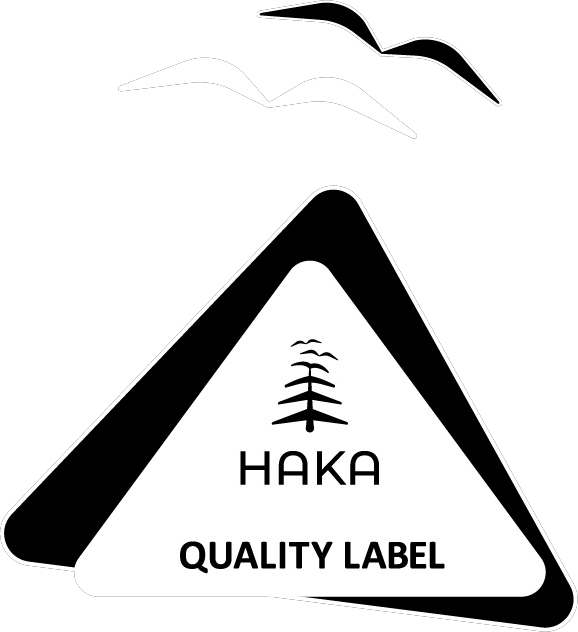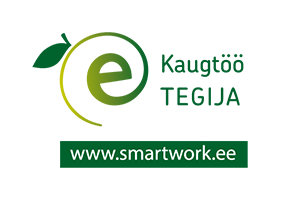 All stories
All stories

At the end of January, our marketing team visited ISCAP – the Porto Accounting and Business School through the Erasmus+ program. ISCAP is a partner institution of EUAS, with whom we jointly offer an English-language Creativity and Business Innovation Joint Programme. This program allows students to study not only in Estonia but also for a semester in Portugal and Lithuania.
How Do We Differ?
ISCAP has 4,500 students, nearly 10% of whom study accounting. Almost all study programs are taught in Portuguese, including business administration, marketing, translation, human resource management, and international commerce. Similar to us, ISCAP aims to become a university.
During our visit, we were given an extensive overview of ISCAP’s history, student life, and the Portuguese higher education system by Ricardo Soares, a member of ISCAP’s communications department. ISCAP is one of the most prestigious applied sciences institutions in Portugal – competition for admission is high, and the school does not need large-scale marketing campaigns. Instead, their focus is on highlighting student life and alumni success stories on social media, organizing events, and visiting high schools.
Higher Education in Portugal
As a public institution, ISCAP charges all first-level students an annual tuition fee of approximately €650. Tuition fees for master’s programs are higher, and in private universities, tuition is comparable to Estonia’s. Most international students at ISCAP come from other Portuguese-speaking countries, such as Brazil, Angola, and Mozambique, but there are also students from Spain and Central Europe.
Key Takeaways from the Visit
Ricardo Soares himself is an ISCAP alumnus and has been connected to the school since his undergraduate studies, working there for the past eight years. During our visit, he provided a comprehensive tour of the campus and lecture halls, showcasing translation labs, marketing laboratories, and student common areas. He shared his experiences collaborating with the academic staff and student council and shared insights about several design projects that take up a big part of his daily tasks.
Through this experience, we found many commonalities and shared challenges in higher education marketing and communication while also discovering interesting differences. We will step into the year ahead with broader knowledge and valuable new connections from our partner univeristy.

 Student
Student

